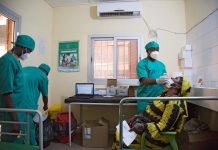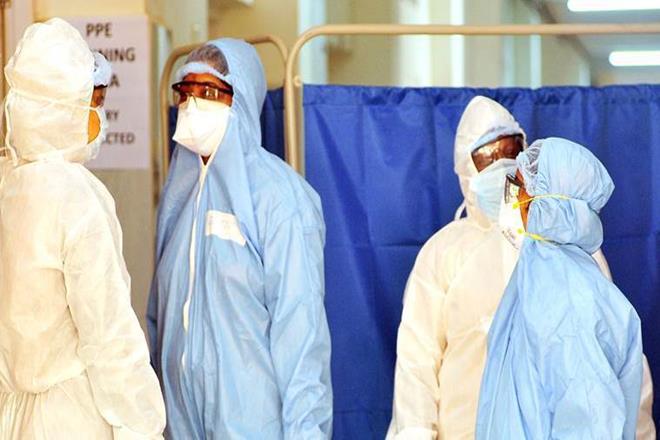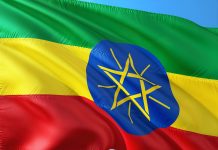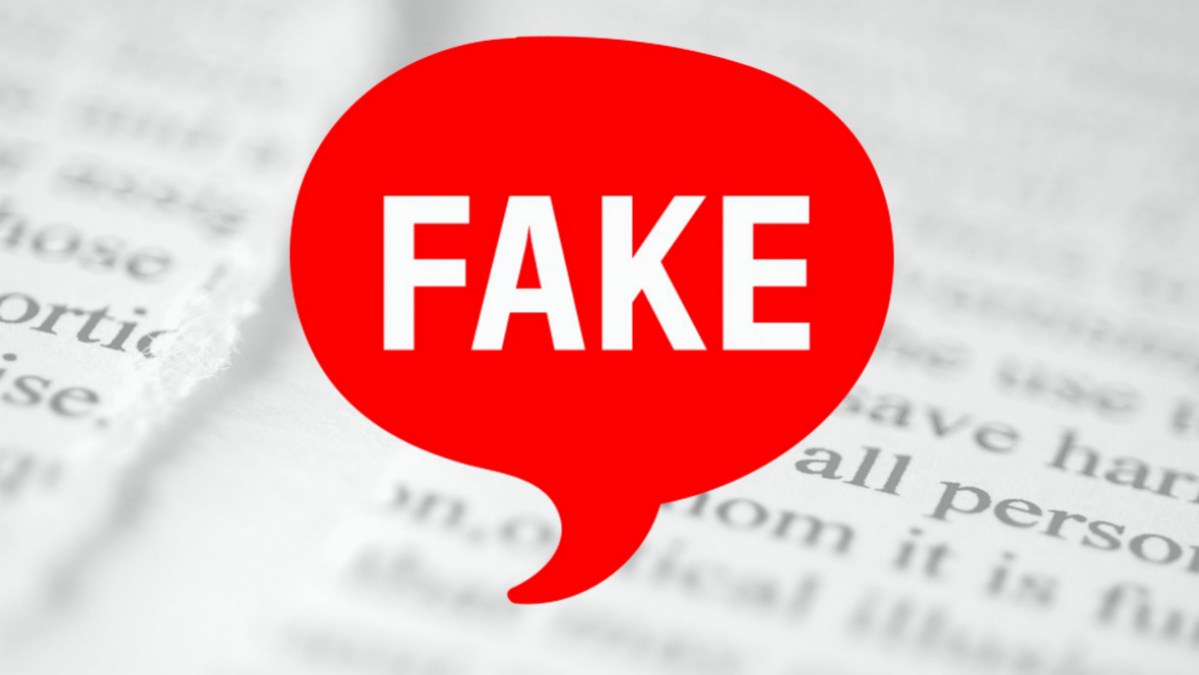India had to eventually make the imminent choice between education and health of the society. The central government has opened the choice to state governments to open schools and other educational institutions from October 15. The Union Health and Family Welfare Ministry has issued Standard Operating Procedures (SOPs) for state governments to follow if they decide to reopen the schools. As of now, only the state of Uttar Pradesh has opted for reopening of schools in a graded manner and of research students to return to use labs and facilities after October 15. Other states and UTs such as Assam, Haryana, J&K have decided to allow senior students to enter schools for guidance. While students and teachers residing in containment zones are not allowed to join, others can join on a voluntary basis.
In India, schools and colleges have been shut since the first lockdown was announced. Now, the government has left it to the state governments to decide depending on their local context of infection spread. Even in August under Unlock 4, the Home Ministry had permitted schools to reopen from September 21 but following skepticism from parents and experts, the decision was withdrawn. The skepticism and caution remains high even today. Surveys conducted have shown that around 71 percent of parents are against the move. They would like to wait for the vaccine to arrive first. Worries include, possibility of infection during public travel and the possibility of severe manifestations of infection in children like multisystem inflammatory disease. Some experts are leaning toward over-caution as opposed to exposing children to unknown risks.
In a global report, schools across Europe cautiously reopened in August following the logic that there is greater risk that a generation of children will not be able to acquire the crucial face-to-face learning. The decision was also taken keeping in mind that stay-at-home online learning for children was not sustainable for working parents. Determined that lives and education cannot be put on hold, countries such as France, Germany, U.S. began to see Covid clusters appearing within weeks of schools reopening. According to a CNN report, in the U.S., there was a massive 90% surge in cases among children after schools reopened. In Denmark, on the other hand, a ‘pod’ method was adopted which allocated different arrival and lunch time to students divided in ‘micro-groups’. Whenever possible, students were taken outside to study and they were asked to wash hands every two hours, desks and tables were frequently cleaned and desks were arranged with sufficient distance between them. These measures ensured that Denmark did not see a surge in Covid cases among children after resumption of physical schooling.
In many lower and middle income countries, including India, achieving shrinking class size is not possible due to lack of resources. Bangladesh and Philippines announced their hesitance in reopening schools. In June officials from both countries said that until there is a vaccine, the schools will remain shut.
In India as in many Asian and African countries, lakhs of students who rely on meals from school are undergoing a crisis as families are drowning deep in poverty. Children are undergoing or are at risk of mental health problems due to prolonged absence of play and contact with friends. As per their education, a huge digital divide has ensured that some with access to digital devices and internet connectivity had continued access to education while most students from government schools faced an education crisis. However, virtual education has been claimed to be far less effective than in-person physical education. Not only is online education inherently unequal, it is also remarkably alienating. However, it can’t be denied that there are benefits of online education and that the barrier of accessibility must be bridged. The education minister announcing the latest guidelines has said that students who do not want to attend schools may opt to attend online classes, as the option will remain open. We hope that ignoring the conditions in which rural, poor and government school students have been learning, not accounting for their inaccessibility to online classes was just an oversight on his behalf.
Will the benefits of reopening schools in India outweigh the harm they might cause? It will only be known once phased reopening begins, although most states in India are firm that in the given conditions, it will not be wise to allow physical schooling. Among the latest guidelines on reopening is the option for schools to make an alternative calendar of activities for the whole year. Based on the guidelines of Alternative Calendar prepared by the NCERT, schools and other education institutes can modify the academic calendar especially on changes with regard to breaks and examination schedules. Apart from the regular sanitation and hygiene related instructions, the SOP laid down by the HRD ministry initially outlined other important measures to prevent the spread of the disease after schools reopen. These include hybrid offline-online learning, alternate day school, minimal-contact games, and tie-ups with local hospitals.
Schools will not look the same again, we are sure. But are school centred Covid-19 outbreaks inevitable? How will a differential timeline of education work out for the entire country if each state is allowed to choose their own date of reopening? What lies ahead for the education scenario of the country as poor students drop out, are forced into work, and child marriage while the non-poor students face threats from depression, gadget addicition, cyber attacks and unhealthy lifestyles? These are serious questions that are becoming graver with the passage of time. Will a generalised reopening of schools alone resolve these issues?













